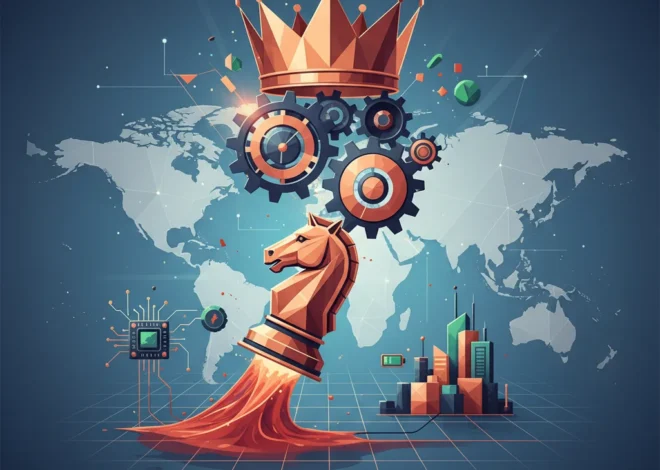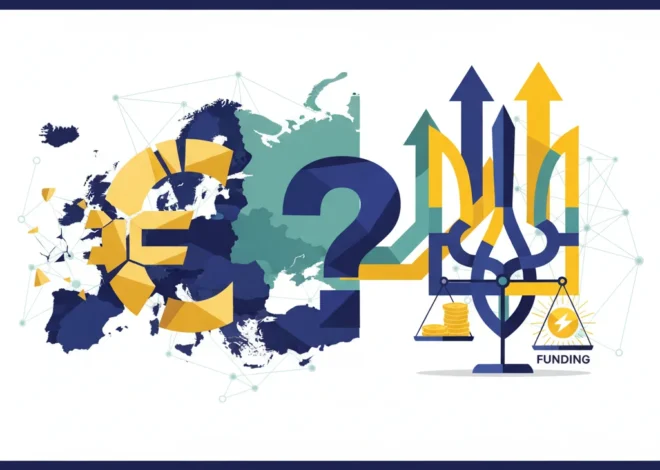The Phantom Gold Hoard: Unmasking the Secret Buyers Reshaping the Global Economy
In the quiet, ledger-filled world of central banking, a mystery of epic proportions is unfolding. For the past two years, the world’s central banks have been on an unprecedented gold-buying spree. According to the World Gold Council (WGC), they collectively added a staggering 1,037 tonnes in 2023, just shy of the record-breaking 1,082 tonnes purchased in 2022. These are monumental figures, signaling a profound shift in the architecture of global finance.
But here’s where the story takes a turn into the shadows. When you meticulously add up all the publicly declared purchases from every central bank around the globe, the numbers don’t come close. A massive, multi-billion-dollar gap exists between what we are told is being bought and what is actually being reported. This isn’t a simple accounting error; it’s a black hole at the center of the global gold market.
So, who are these phantom buyers? Why are they operating in stealth? And what does this colossal, undeclared accumulation of gold mean for the future of the economy, the stock market, and your investment portfolio? Join us as we peel back the layers of this gilded mystery to understand the forces secretly reshaping our financial world.
The Billion-Dollar Discrepancy
The scale of this discrepancy is difficult to overstate. Official data from institutions like the International Monetary Fund (IMF) and individual central banks captures only a fraction of the activity estimated by the WGC. The WGC, which uses a combination of public data and proprietary insights from the market, paints a picture of voracious, and largely anonymous, demand.
Let’s break down the numbers to see the gap in plain sight. The total net demand reported by the WGC is a composite figure, but the officially declared purchases are public record. The difference between the two represents a colossal amount of “unreported” buying.
To illustrate this, consider the figures from recent years. The gap between the WGC’s estimate of total central bank buying and the sum of publicly reported transactions is enormous and growing.
| Metric | 2022 Figures | 2023 Figures |
|---|---|---|
| Total Net Purchases (WGC Estimate) | 1,082 tonnes | 1,037 tonnes |
| Publicly Reported Purchases | ~400 tonnes (source) | ~450 tonnes (estimate) |
| The “Mystery Buyer” Gap | ~682 tonnes | ~587 tonnes |
This isn’t just a statistical anomaly; it’s a deliberate strategy. More than half of the central bank gold demand in the last two years has come from entities that do not want to be identified. This level of secrecy points to motivations that go far beyond typical portfolio diversification in economics and finance.
Unmasking the Suspects: De-Dollarization and Geopolitical Hedging
While definitive proof is, by nature, elusive, market analysts and geopolitical experts have a very short list of suspects. The overwhelming consensus points to two major players: China and Russia, with potential involvement from sovereign wealth funds in the Middle East.
Their motivations are deeply rooted in the shifting sands of the global economy and a desire to insulate themselves from the dominance of the U.S. dollar.
1. China’s Strategic Accumulation: The People’s Bank of China (PBoC) has been the largest single declared buyer of gold. However, the true scale of its holdings is widely believed to be vastly larger than its official declarations. Why the secrecy? Announcing a multi-thousand-tonne gold reserve could be seen as a direct challenge to the U.S. dollar, potentially destabilizing the market. By accumulating gold quietly—perhaps through state-owned enterprises or commercial banks—Beijing can build its reserves without causing a spike in the gold price or triggering geopolitical alarm bells.
2. Russia’s Sanction-Proofing Strategy: For Russia, the motivation is even more stark. After its foreign currency reserves were frozen by Western nations following the invasion of Ukraine, the lesson was clear: assets held in dollars or euros are subject to political risk. Gold, held physically within its own borders, carries no such counterparty risk. It is the ultimate sanction-proof asset. Russia’s covert buying is a direct response to the weaponization of the global banking and financial technology infrastructure.
This trend is part of a broader movement known as “de-dollarization.” Nations wary of U.S. foreign policy are actively seeking to reduce their dependence on the dollar for trade and reserves. Gold is the oldest and most trusted alternative, a neutral asset in an increasingly polarized world.
The Mechanics of Stealth: How to Buy Gold Anonymously
How does a nation buy hundreds of tonnes of gold without appearing on any public ledger? The answer lies in the structure of the global gold market, particularly the distinction between transparent exchanges and the opaque over-the-counter (OTC) market.
Most of the world’s institutional gold trading doesn’t happen on a public exchange like the New York COMEX. Instead, it occurs in the London OTC market, a network of major banks and bullion dealers who trade directly with one another. Transactions are private, and data is aggregated and anonymized. This market provides the perfect cover for a central bank looking to build a position without moving the price or revealing its hand.
The process might look something like this:
- A state-owned commercial bank or a sovereign wealth fund, acting as a proxy, begins making large purchases in the OTC market.
- The gold is sourced from various places—newly mined supply, recycled gold, or even outflows from Western ETFs.
- The physical bars are often refined in Switzerland, a major hub, before being discreetly repatriated to the buyer’s vaults.
Because the transaction isn’t officially executed by the central bank itself, it doesn’t appear in the official IMF statistics until—and unless—the bank chooses to declare it. This can be years later, or never.
Implications for Investors and the Future of Finance
This massive, shadowy demand has profound implications for every investor, business leader, and participant in the global economy. It’s a signal that cannot be ignored.
For the Investor: The most direct impact is on the price of gold. This huge, consistent, and price-insensitive buying provides a strong structural support for the gold market. It acts as an invisible floor, absorbing supply and suggesting that major global powers see significant long-term value at current levels. For those involved in trading, it means that traditional supply-and-demand models, which rely on transparent data, may be incomplete. It reinforces gold’s role as a crucial portfolio diversifier against geopolitical risk and monetary instability.
For the Global Economy: The trend is a powerful barometer of geopolitical fragmentation. It signals a move away from a cooperative, dollar-centric system toward a more multipolar world with competing economic blocs. This could lead to increased volatility in currency markets, challenges to the U.S. dollar’s reserve status, and a fundamental rethinking of the global banking system. The stability of the post-war economic order is being actively challenged, not with rhetoric, but with physical tonnes of gold.
For Financial Technology (Fintech): The underlying driver—distrust in the traditional system—could accelerate innovation in alternative financial infrastructure. While central banks are currently focused on an ancient asset, the desire for sanction-proof, decentralized value exchange could eventually fuel interest in everything from central bank digital currencies (CBDCs) to blockchain-based settlement systems that operate outside the SWIFT network. The spirit behind the gold rush is the same spirit that animates parts of the crypto and fintech worlds: a search for financial sovereignty.
The following table shows a simplified view of the potential impacts on different market segments.
| Market/Sector | Primary Implication of Covert Gold Buying |
|---|---|
| Gold & Commodities Trading | Persistent, underlying demand provides a price floor, but data opacity complicates analysis. |
| Currency Markets (Forex) | Long-term pressure on the U.S. dollar’s dominance as a reserve currency. |
| Stock Market & Equities | A leading indicator of geopolitical risk, which can increase overall market volatility. |
| Banking & Fintech | Highlights vulnerabilities in the current system, potentially accelerating development of alternative payment/settlement networks. |
Conclusion: A Glimpse into a New Economic Era
The mystery of the phantom gold hoard is more than a statistical curiosity; it is a defining feature of our current economic landscape. The silent, steady movement of physical gold from West to East represents a tectonic shift in global power and a profound vote of no confidence in the existing financial architecture. The fact that these purchases are happening in the shadows speaks volumes about the growing climate of distrust.
For investors and business leaders, the message is clear: the rules of the global economic game are changing. The forces driving this clandestine gold rush—geopolitical rivalry, de-dollarization, and a search for safe-haven assets—are not fleeting trends. They are foundational shifts that will shape the investing and economic environment for decades to come. The real question is not just who is buying the gold, but what financial world they are preparing for.


